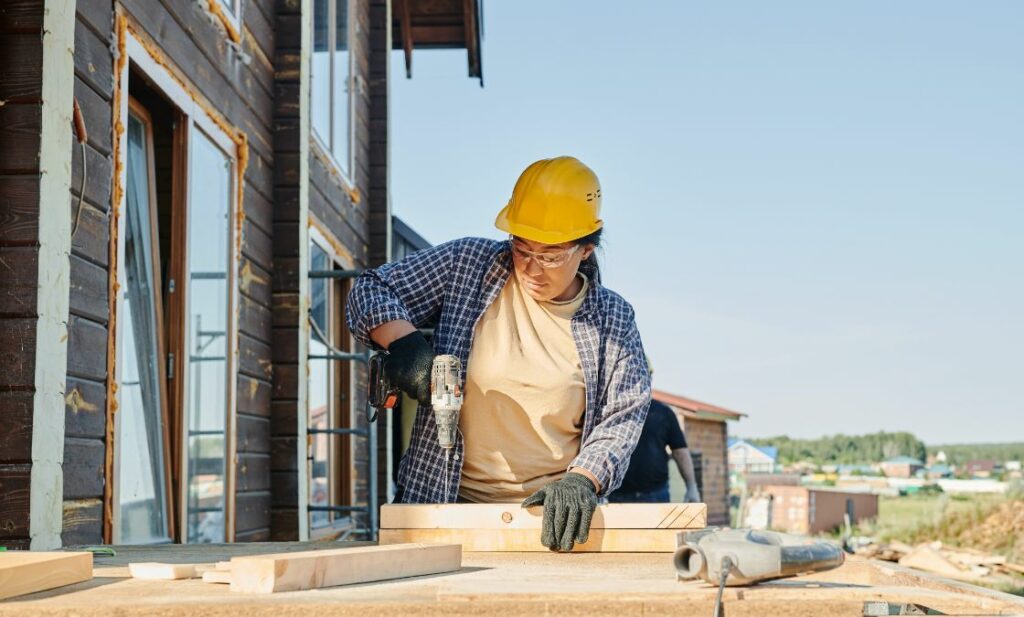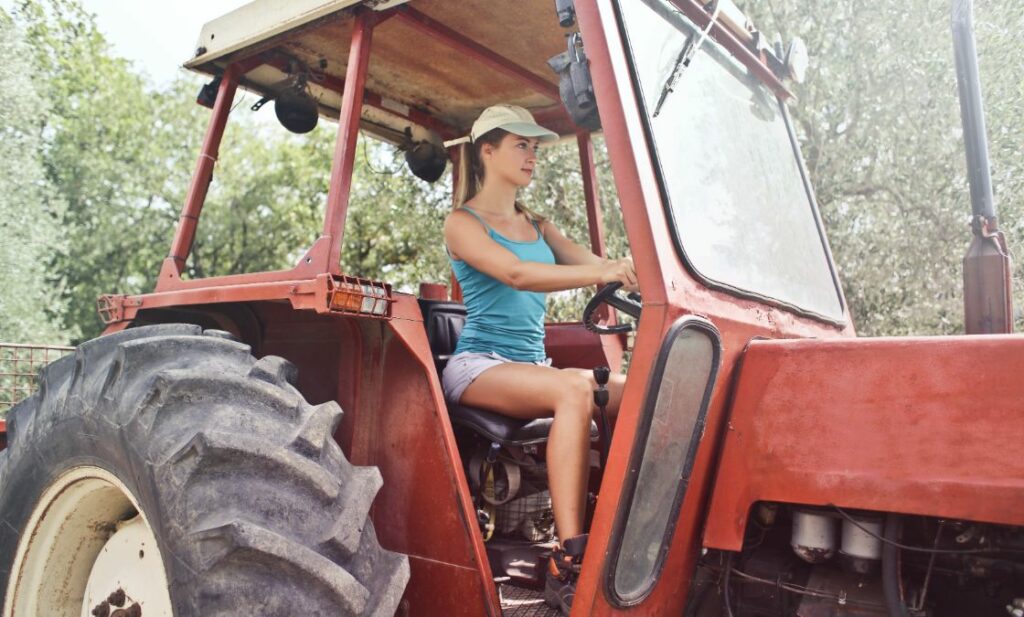Some even seemingly everyday jobs can be incredibly dangerous. These jobs may not seem out of the ordinary, yet statistically, employees in these fields are taking a risk every day when they go to work.
Workplace safety data is pretty carefully gathered to make sure safety standards are being met across the country. For example, annually, the Bureau of Labor Statistics collects data on fatal injuries in the workplace across many industries and occupations.
The following are some of the most dangerous jobs.
1. Roofing Contractors
There’s a reason that insurance for roofing contractors is so important. This is one of the most dangerous and even the deadliest professions. There are more than 100 deadly injuries per year, and the fatal injury rate is 48.6 per 100,000. The most common causes of deadly injuries for people who work in roofing include falls, trips, and slips.
Anytime someone works in home building or repair, they’re putting themselves at risk, and roofers, in particular, are 14 times more likely to have a fatal injury compared to the average worker.
Roofers can find themselves several stories above the ground, so even a seemingly minor slip can become deadly. This job is also very physical and requires a lot of lifting and climbing, and much of the work is done in difficult weather conditions.
2. Logging Workers
Being a logging worker is one of the top three most dangerous jobs in America in any given year. There are almost 98 deadly injuries per 100,000 full-time workers. The total number of fatal injuries in a year is around 74 on average, and the most common reasons for deadly accidents are contact with equipment and objects.
There are also around 1,040 non-fatal injuries in the industry each year.
Only around 54,000 people work in this industry, perhaps because of the high risk level that comes with it.
3. Fishing
Fishing is such a dangerous occupation that there are numerous shows specifically focused on this topic. Commercial fishing includes harsh weather, dangerous conditions, hard labor, and long hours.
Many of the deaths in commercial fishing come from flooding vessels or vessels being hit by large waves. Vessel instability and severe weather are among common reasons as well.
The fatal injury rate is more than 132 per 100,000 workers.
Commercial fishers are responsible for placing traps as well as reeling in catches. They often work on heavy machinery, in addition to being up against the elements. Drowning is a common reason for fatalities, but injury using heavy equipment also contributes.

4. Construction Workers
Above, we talked about roofing contractors, which is more dangerous than construction overall, but still, if someone works in construction in any capacity, it’s considered a high-risk occupation.
Construction workers are exposed to environments where things can fall on them, or they can fall from high places. They’re using ladders and also heavy machinery, which are reasons cited for deadly injuries.
Two-thirds of people who died in construction injuries are independent workers.
The fatality rate per 100,000 workers is more than 43.
5. Drivers and Delivery People
Truck drivers and delivery people help our world go around, but it’s a surprisingly very dangerous profession. The fatality rate per 100,000 truck and delivery drivers is around 26.
One of the challenges in the industry is the fact that drivers must be well-rested, and the trucks have to be in excellent condition. In the industry, in an effort to increase efficiency, corners can be cut, and that puts not only drivers but people they share the roads with at risk.
The more time you spend on the road, the more likely you are to be in a dangerous or deadly accident.
Commercial truck drivers who operate 18-wheelers are especially vulnerable. These trucks are extremely heavy and large, making them challenging to maneuver. Sight distance is limited, and it’s hard to stop as quickly as a smaller vehicle can.
6. Airline Pilot
Both pilots and flight engineers work to fly planes with people or cargo so they can get place-to-place.
Flying is statistically the safest way to travel, but still, it can be a risky profession. The risk of being involved in a plane crash is the highest in the private sector compared to commercial flying.
The rate of fatal injuries per 100,000 workers is nearly 59.
7. Sanitation Workers
Sanitation workers are professionals who gather trash and recyclables. The injury rate is more than 44 per 100,000 workers.
A lot of the day is spent either driving a truck in riding on one to collect materials. This makes accidents related to transportation the most common in the occupation. You have to consider that these are people who have to work year-round, and it doesn’t matter what the weather conditions are like, further raising the risk of transportation accidents, injuries, and deaths.

8. Farmers and Agricultural Workers
There are around 257 deadly injuries each year for people who work in farming and agriculture. The fatality rate is almost 25 per 100,000 workers. The total of non-fatal injuries is around 280. There are more than 870,000 people who work in farming or agriculture in some capacity.
Workers are at risk of transportation accidents and accidents related to machinery.
9. Structural Iron and Steel Employees
Finally, the fatality rate for people who work in structural iron and steel is nearly 24 per 100,000, with the most common deadly accidents involving trips, slips, and falls.
There is a fairly low actual number of structural workers in iron and steel who die each year, but there also are fewer people in the occupation, making the death rate higher.
A structural iron and steel worker’s role is to install the elements into buildings during construction. They often work at very high heights, which is the primary reason it’s a dangerous job.
Other risks include electrocution because of contact with power lines.
Miners and extraction workers indirectly work in this field, and their jobs are dangerous, too, because of falling debris and toxic exposures.
If you’d prefer to go the safer route, check out the many jobs you can do from the comfort of your own home!






